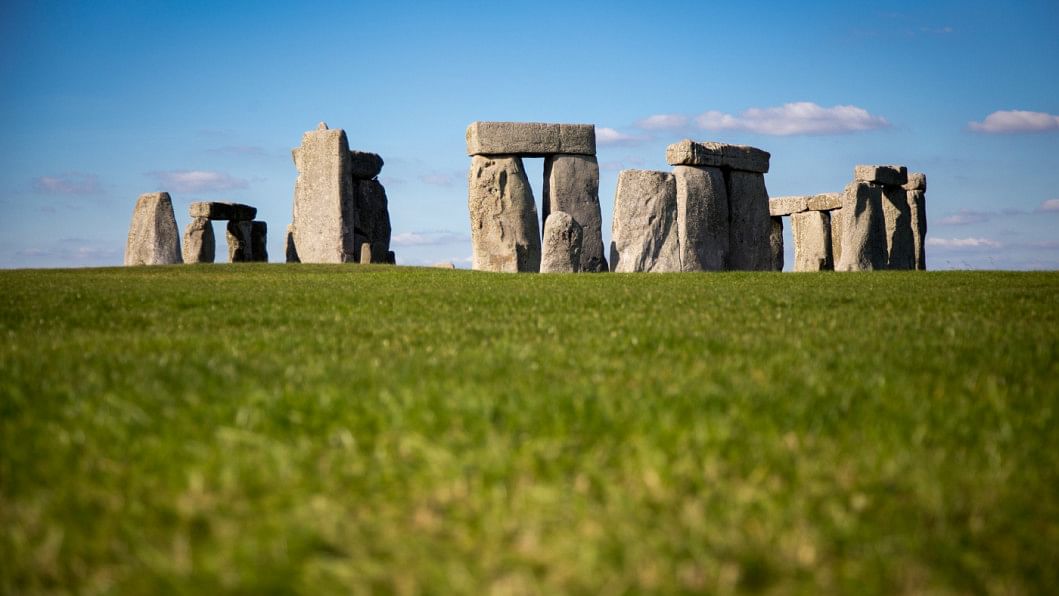Study solves mystery origin of Stonehenge's iconic boulders

Stonehenge, a Neolithic wonder in southern England, has vexed historians and archaeologists for centuries with its many mysteries: How was it built? What purpose did it serve? Where did its towering sandstone boulders come from?
That last question may finally have an answer after a study published Wednesday found that most of the giant stones -- known as sarsens -- seem to share a common origin 25 kilometres (16 miles) away in West Woods, an area that teemed with prehistoric activity.
The finding boosts the theory that the megaliths were brought to Stonehenge about the same time: around 2,500 BCE, the monument's second phase of construction, which in turn could be a sign its builders were from a highly organized society.
It also contradicts a previous suggestion that one large sarsen, the Heel Stone, came from the immediate vicinity of the site and was erected before the others.
The new paper appeared in the journal Science Advances.
Lead author David Nash, a professor of physical geography at the University of Brighton, told AFP the technology required to analyze the sarsens, that stand up to nine meters tall (30 feet) and weigh as much as 30 metric tons, did not exist until recently.
He and his team first used portable x-rays to analyze the chemical composition of the rocks, which are 99 per cent silica but contain traces of several other elements.
"That showed us that most of the stones have common chemistry, which led us to identify that we're looking for one main source here," said Nash.





Comments